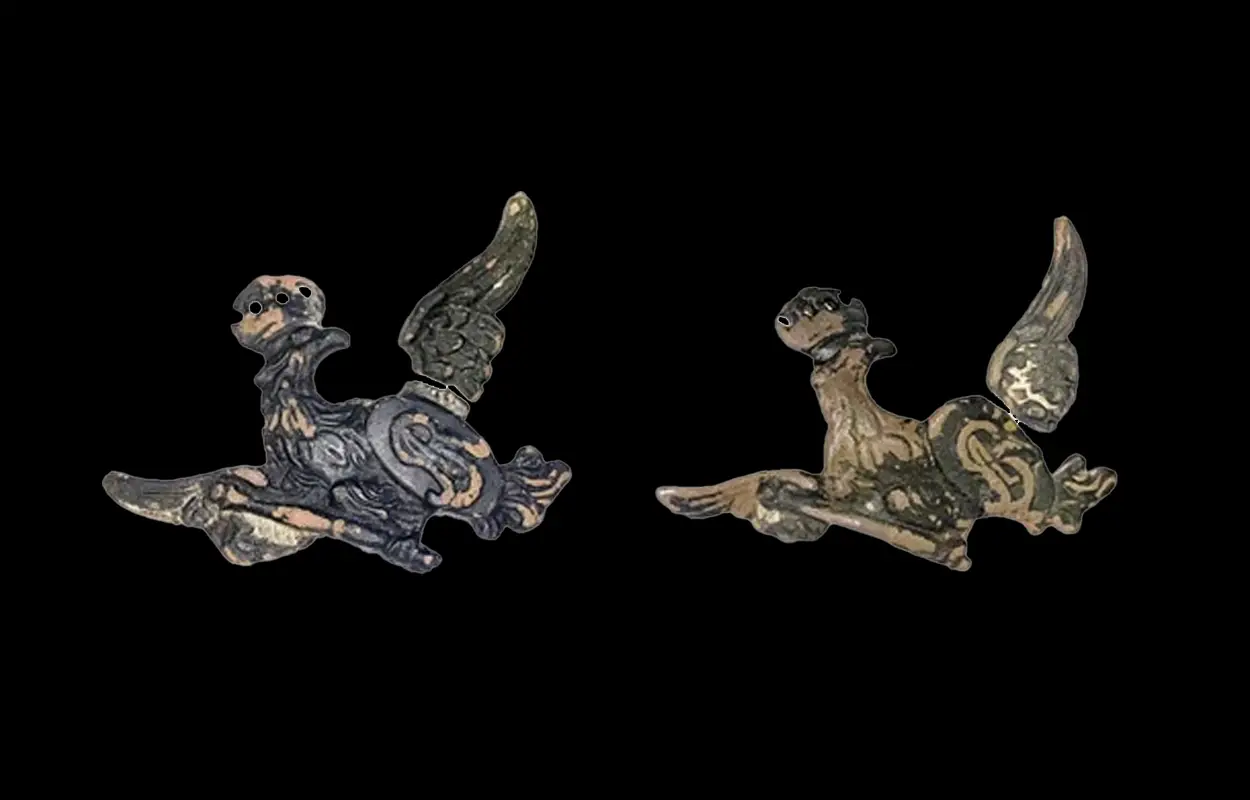Archaeologists from the Lublin Voivodeship Office for the Protection of Monuments in Lublin have uncovered two eagle emblems worn by Polish soldiers who fought in the Battle of Dubienka.
The Battle of Dubienka took place on the 18th July, 1792, during the Polish–Russian War. The battle was fought between the Polish–Lithuanian Commonwealth on one side, and the combined forces of the Targowica Confederation and the Russian Empire.
General Tadeusz Kościuszko commanded the rear guard of the Polish forces and was tasked with delaying the Russian advance across the Bug River near the village of Dubienka. Kościuszko had around 5,300 soldiers under his command, while the Russian general, Mikhail Kakhovsky, had 25,000.
After five hours of continuous assaults, the Russians withdrew, suffering around 4,000 casualties. After nightfall, Polish scouts observed Russian troops crossing into neutral Austrian territory to the south.
With supplies dwindling low, Kościuszko concluded that his forces could not withstand a prolonged siege and ordered a retreat toward Chełm to avoid encirclement. One week after the battle, Poland capitulated and joined the Targowica Confederation, as demanded by the Russian Empire.
Excavations of the battlefield site have unearthed two metal eagle emblems worn on the caps of Polish soldiers. The emblems are marked with the monogram “SAR” (Stanislaus Augustus Rex) and date to the First Polish Republic.
“To date, only one example of this type of object has been found in Poland, which was discovered on the battlefield in Oronne and is housed in the collection of the Polish Army Museum,” said archaeologist Marcin Piotrowski.
“During the search in Dubienka, in one day we found four fragments that belong to at least two eagles. Their presence on the battlefield means that soldiers from the royal armed forces fought there.”
Excavations this season have also unearthed nearly 1,000 objects, such as cannonballs, rifle and pistol bullets, coins, military belt buckles, and decorative buttons. Based on the location of each find, archaeologists have been able to place soldiers movements which provides a better understanding of the context of the entire battlefield.
Header Image Credit : Lublin Voivodeship Conservator of Monuments
Sources : PAP





